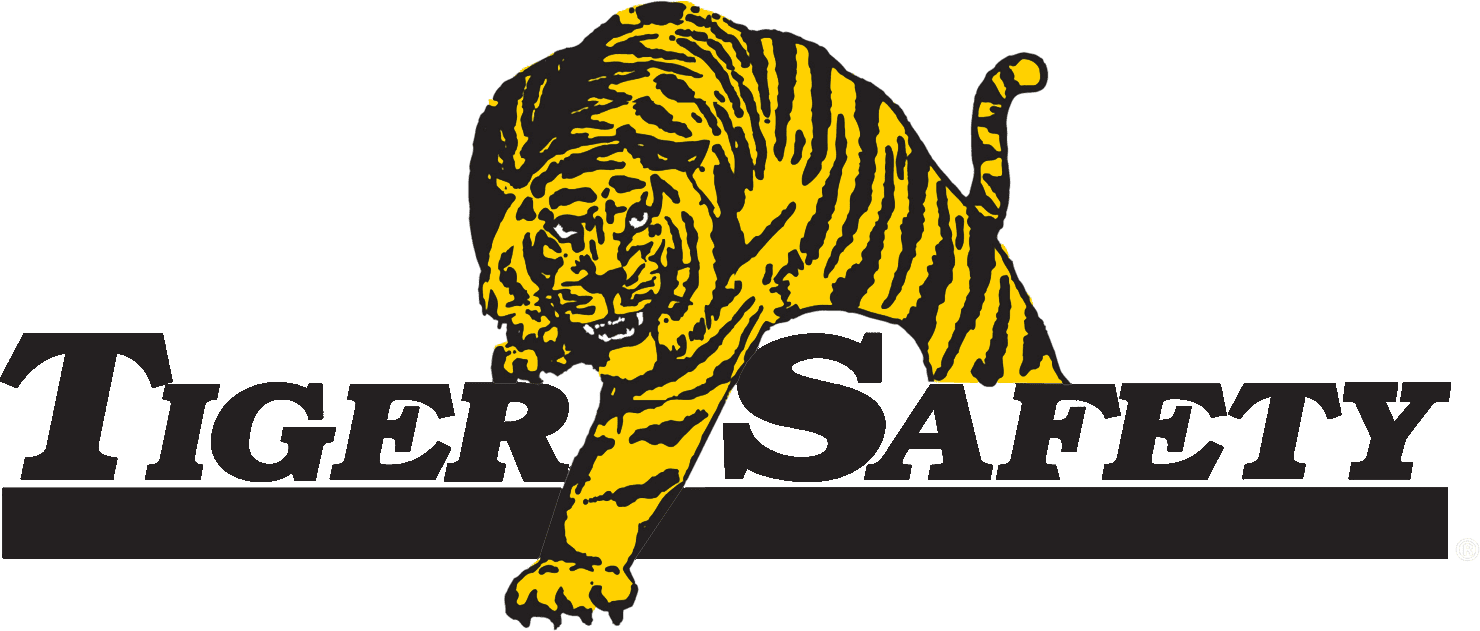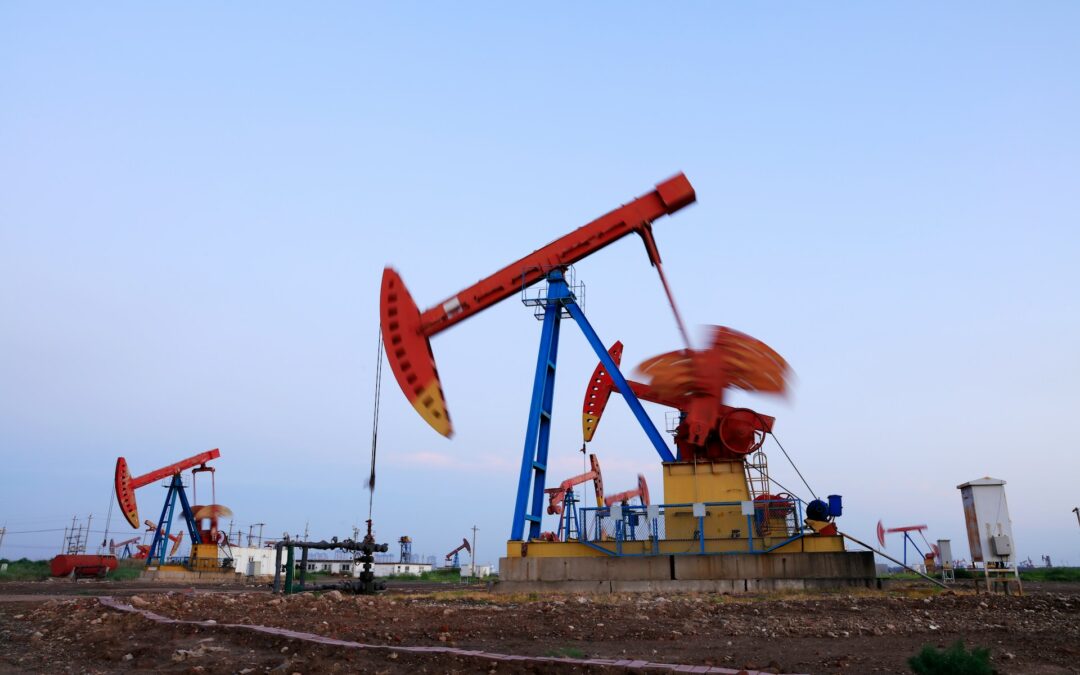Confined spaces present a unique set of hazards and challenges within the oil and gas industry, both onshore and offshore. These environments can be highly dangerous due to limited access, poor ventilation, and potential exposure to toxic substances or flammable gases. As such, it is essential to prioritize and implement confined space safety measures to protect your workforce and maintain compliance with industry regulations.
In this comprehensive guide, we will explore best practices for confined space safety in the oil and gas sector, including proper employee training, specialized equipment, and adherence to safety procedures. We will delve into the importance of understanding confined space hazards and the crucial steps to take when working in these challenging environments.
Understanding Confined Space Hazards in the Oil and Gas Industry
A. Identifying Confined Spaces: To effectively manage confined space risks, it’s essential to recognize and understand the different types of confined spaces within oil and gas facilities. These may include storage tanks, silos, pipelines, or enclosed areas with limited access or ventilation. Being aware of these spaces allows for the implementation of necessary safety measures to mitigate potential hazards.
B. Recognizing Common Confined Space Hazards: Confined spaces present a range of potential hazards, such as oxygen deficiency, toxic gas exposure, flammable atmospheres, or engulfment. It’s crucial to be aware of these dangers and take necessary precautions when working in or around confined spaces in the oil and gas industry.
Establishing Confined Space Safety Procedures and Work Permits
A. Implementing a Confined Space Entry Program: A comprehensive confined space entry program is essential for ensuring worker safety, managing hazards, and maintaining compliance with regulatory requirements. This program should outline entry procedures, safety measures, communication protocols, and clear responsibilities for each team member involved in confined space operations.
B. Utilizing Work Permit Systems: A confined space work permit system can help control and monitor access to hazardous areas, ensuring that only properly trained and authorized personnel enter these spaces. The permit system should require a thorough hazard assessment before work begins, thereby helping to manage risks and ensure that all necessary safety precautions are in place.
Confined Space Safety Training and Employee Education
A. Comprehensive Confined Space Training Programs: Providing workers with in-depth training on confined space safety is critical for reducing risks and ensuring a secure work environment. This education should cover hazard identification, the use of safety equipment, emergency procedures, and potential risks associated with specific tasks in confined spaces.
B. Regular Refresher Courses and Continuous Learning: Encourage a culture of ongoing learning by offering regular refresher courses and continuous education opportunities for employees. Updating workers on the latest confined space safety practices and technologies can help maintain high safety standards and compliance with regulations.
Selecting and Utilizing Proper Confined Space Safety Equipment
A. Proper Ventilation and Gas Detection Equipment: Ensuring adequate ventilation within confined spaces can help prevent the buildup of toxic gases or oxygen deficiency. Companies should invest in the proper equipment to monitor air quality and minimize the risk of hazardous atmospheres, including gas detection devices and sufficient ventilation systems.
B. Personal Protective Equipment (PPE) for Confined Spaces: Providing employees with appropriate PPE, such as respiratory protection, protective clothing, and safety harnesses, is crucial for supporting worker safety in confined spaces. Regular training on the correct use and maintenance of PPE can ensure that workers are well-protected during confined space operations.
Developing Effective Confined Space Emergency Response Plans
A. Establishing Clear Emergency Procedures: A well-defined emergency response plan can help workers react quickly and effectively in case of a confined space incident. This plan should outline the steps to follow during emergencies, such as rescue operations, first aid provision, emergency shutdowns, or evacuations.
B. Conducting Emergency Drills and Simulations: Regular emergency drills and simulations can reinforce confined space safety training and ensure that workers are prepared to handle real-life situations. These exercises allow employees to practice and refine their skills in a controlled environment, ultimately improving overall safety performance in confined spaces.
Confined Space Safety Management in Extreme and Remote Locations
A. Adapting Safety Measures for Challenging Environments: Confined space safety measures must be tailored to accommodate extreme and remote environments, such as offshore or Arctic drilling operations. Effective management of confined space hazards in these challenging locations requires specialized equipment, rigorous training, and adaptability.
B. Equipping Remote Operations with Adequate Safety Resources: Oil and gas facilities in remote locations may have limited access to external resources during emergencies. Ensuring that these sites have sufficient supplies of safety equipment, properly trained personnel, and effective communication systems can help support confined space safety management and mitigate potential risks.
Monitoring and Evaluating Confined Space Safety Performance
A. Regular Audits and Inspections: Conducting regular audits and inspections of confined spaces and safety equipment can help identify potential issues and promote continuous improvement in safety practices. These assessments can reveal areas for enhancement, the need for additional training or resources, and ensure compliance with regulations and industry standards.
B. Collecting and Analyzing Safety Data: Gathering and analyzing data related to confined space safety, such as trends in incident rates, equipment performance, and compliance records, can help inform decision-making and drive improvements in safety measures. Data-driven insights can serve as a valuable tool for enhancing confined space safety performance and supporting worker protection.
Best Practices for Risk Assessment and Hazard Identification in Confined Spaces
A. Conducting Thorough Pre-Entry Assessments: Before any work begins in a confined space, it’s crucial to conduct a thorough pre-entry assessment to identify potential hazards and determine the appropriate safety measures that should be implemented. This assessment should take into consideration factors like oxygen levels, toxic gas exposure, engulfment risks, and other environmental conditions.
B. Utilizing Job Safety Analysis (JSA) Techniques: Implementing JSA techniques for confined space operations can enable a systematic approach to hazard identification and risk analysis. By breaking down each task involved in confined space work and evaluating potential risks, companies can establish effective safety protocols and prevent accidents caused by unforeseen hazards.
The Role of Communication and Coordination in Confined Space Safety
A. Establishing Clear Lines of Communication: In confined space operations, clear communication between team members is critical to ensuring safety and coordinating work effectively. Companies should establish communication protocols, such as using two-way radios or hand signals, to promote efficient information exchange during confined space operations.
B. Designating Confined Space Safety Roles and Responsibilities: Clearly assigning roles and responsibilities among team members can enhance the overall safety and efficiency of confined space operations. Roles such as entrants, attendants, and rescue personnel should be well-defined, with each individual understanding their function and duties within the team.
Preparing Confined Space Rescue Teams and Procedures
A. Training Confined Space Rescue Personnel: Providing specialized training to confined space rescue personnel is essential to ensure a prompt and effective response in case of emergencies. Rescue teams should be well-versed in rescue techniques, equipment, and first aid procedures specific to confined space incidents.
B. Developing a Confined Space Rescue Plan: An effective confined space rescue plan should outline the steps and actions to take in case of an emergency, including the roles and responsibilities of rescue personnel, communication protocols, and necessary resources and equipment. Regularly evaluating and updating the rescue plan can help maintain preparedness and adapt to any changes in operations or industry standards.
Staying in Compliance with Confined Space Regulations and Standards
A. Understanding Regulatory Requirements: Oil and gas companies must be aware of the regulatory requirements and industry standards related to confined space safety, such as OSHA’s Confined Spaces standard (29 CFR 1910.146) and other applicable regulations. Ensuring compliance with these requirements is essential for protecting workers and avoiding costly fines or penalties.
B. Engaging in Third-Party Audits and Consultations: Conducting external audits or consulting with confined space safety experts can help companies identify areas for improvement and enhance compliance with regulations. These audits and consultations can provide valuable insights and recommendations for refining confined space safety programs and addressing potential areas of non-compliance.
Encouraging a Confined Space Safety Culture in the Oil and Gas Industry
A. Fostering a Safety-First Mindset: Emphasizing the importance of confined space safety within the company culture can help employees maintain awareness of and prioritize their safety during operations. By fostering a safety-first mindset, employers can instill a commitment to best practices and encourage workers to actively participate in maintaining and enhancing safety measures.
B. Promoting Safety Awareness and Continuous Improvement: Companies can support a strong confined space safety culture by offering ongoing training and education, as well as promoting open communication about safety concerns and suggestions for improvement. Encouraging employee engagement in safety initiatives can help drive better practices and outcomes in confined space operations.
Incorporating Technological Innovations for Enhanced Confined Space Safety
A. Leverage Remote Monitoring and Wireless Communications: As technology advances, integrating remote monitoring and wireless communication systems into confined space safety measures can facilitate real-time hazard detection and improve communication among team members. These innovations can enhance overall safety by enabling quicker responses to changing conditions and providing decision-makers with critical information during confined space operations.
B. Explore the Potential of Robotics and Automation: Investigating the potential for robotics and automation can lead to improved confined space safety by reducing the need for manual interventions and inspections in hazardous conditions. The use of robotic equipment for inspections, maintenance, and other tasks can minimize worker exposure to dangerous confined spaces while maintaining operational efficiency.
Continuous Evaluation and Adaptation of Confined Space Safety Measures
A. Assessing Confined Space Safety Performance Metrics: Regularly evaluating performance metrics such as incident rates, near-misses, and equipment failures can provide insights into the effectiveness of existing confined space safety measures. By actively monitoring and analyzing this data, companies can identify areas for improvement and implement necessary adjustments to their safety management systems.
B. Staying Informed on Emerging Industry Trends and Best Practices: To ensure the ongoing effectiveness of confined space safety measures, it’s essential for companies to stay up-to-date with the latest industry trends and best practices. By participating in industry conferences, workshops, and training sessions focused on confined space safety, organizations can continuously refine and enhance their safety measures in line with current standards and technologies.
Conclusion
Managing confined space safety risks is an essential aspect of oil and gas operations, requiring a comprehensive approach that emphasizes hazard identification, risk mitigation, and continuous improvement. By adopting the latest technological innovations, engaging in ongoing training and education, and fostering a safety-first mindset, companies can successfully protect their workforce and maintain regulatory compliance.
At Tiger Safety Rentals, we are dedicated to providing top-tier safety services and equipment, including advanced confined space safety solutions tailored to the oil and gas industry’s unique needs. Partner with us to elevate your organization’s confined space safety measures and ensure the highest level of protection for your workforce. Contact us today to discover how our expertise and innovative safety solutions contribute to your company’s ongoing success and safety. Check out this confined space gas detector rental.

